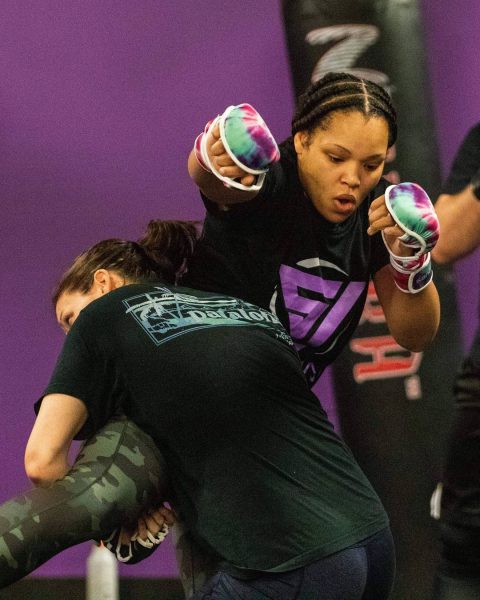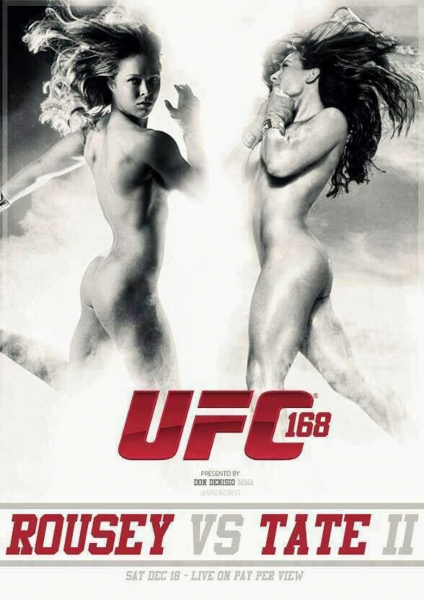
On a recent podcast, ESPN commentator, Stephen A. Smith, expressed his dislike for women’s participation in combat sports. He said, “… I don’t want to see women punching each other in the face. I don’t want to see women fighting in the octagon and stuff like that, but that’s just me.” Female fighters like Kaitlin Young have expressed outrage at his comments, as they often do when men question the validity of their participation in combat sports. This public exchange highlights the contentious balancing act between female fighters and the masculine combat sports in which they partake — shedding light on the intricate ways women navigate gender norms in hyper-masculine spaces.
Female fighters in mixed martial arts transgress patriarchal gender norms by merely participating in violence, which often elicits responses like those from Smith. Men and women with essentialist views of gender difference, such as the belief that women are weak, often struggle to view women as capable of violence. Although sociologists and those studying gender have rebuked these essentialist claims, arguing instead that gender is socially constructed and continuously performed, society struggles to conceptualize women not only as fighters but as physically powerful.
- Alex Channon. “‘Do You Hit Girls?’: Some Striking Moments in the Career of a Male Martial Artist.” in Fighting Scholar: Habitus and Ethnographies of Martial Arts and Combat Sports. Raul Sanchez Garcia and Dale C. Spencer (eds). Anthem Press.
- Candace West and Don Zimmerman. 1987. “Doing Gender.” Gender and Society, 1(2): 125-151.
- Kyle Green. 2015. Tales from the Mat: Narrating Men and Meaning Making in the Mixed Martial Arts Gym.” Journal of Contemporary Ethnography. 2016;45(4):419-450.
Michael Messner. 2002. Taking the Field. University of Minnesota Press.
Women’s participation in combat sports often results in individual empowerment and sometimes even progressive social change. But viewing female fighters as solely women who transgress gender norms can also overlook the many ways some female fighters uphold gender norms in their sport. Female fighters often grapple with displaying an “appropriate” amount of femininity. Wearing pink boxing gloves, for example, is an appropriate display of femininity, but wearing make-up or crying while sparring is generally not.
- Alex Channon and Catherine Phipps. 2017. “Pink Gloves Still Give Black Eyes: Exploring ‘Alternative’ Femininity in Women’s Combat Sports.” Martial Arts Studies 3: 24-37.
- Daniel Alsarve and Anne Tjønndal. 2020. ‘The Nordic female fighter’: Exploring women’s participation in mixed martial arts in Norway and Sweden. International Review for the Sociology of Sport 55(4):471-489.
- Elise Paradis. 2012. “Boxers, Briefs or Bras? Bodies, Gender and Change in the Boxing Gym.” Body & Society 18(2): 82-109.
While women may employ their femininity to encourage other women to join the gym, commercialize their sport, and challenge sexist beliefs about women’s capabilities, the pressure to conform to gender norms while engaging in gender-transgressing activities, like combat sports, may enforce the very gender norms and sexist beliefs that women often fight against.

It is worth highlighting how gender and sexuality are conflated in the media coverage of women’s combat sports as well. When women compete professionally, their bodies often become sexualized by the media. A recent study found that when female athletes were sexualized in fight promotions, men reported more positive attitudes toward the ad. This also resulted in respondents finding the female fighter less talented, successful, and tough than those not sexualized in the combat ads.
- T. Christopher Greenwell et al. 2016. “The Effects of Sexualized and Violent Presentations of Women in Combat Sports.” Journal of Sport Management 31(6): 533-545.
- Jennifer McClearen. 2017. “‘We Are All Fighters’: The Transmedia Marketing of Difference in the Ultimate Fighting Championship(UFC).” International Journal of Communication 11: 3224-3241.
Women in combat sports have come a long way since UFC President Dana White declared women would never fight in the UFC, but both recent events and research suggest that the sports world and society itself still have a long way to go when it comes to gender equity and inclusion in sport.

Comments